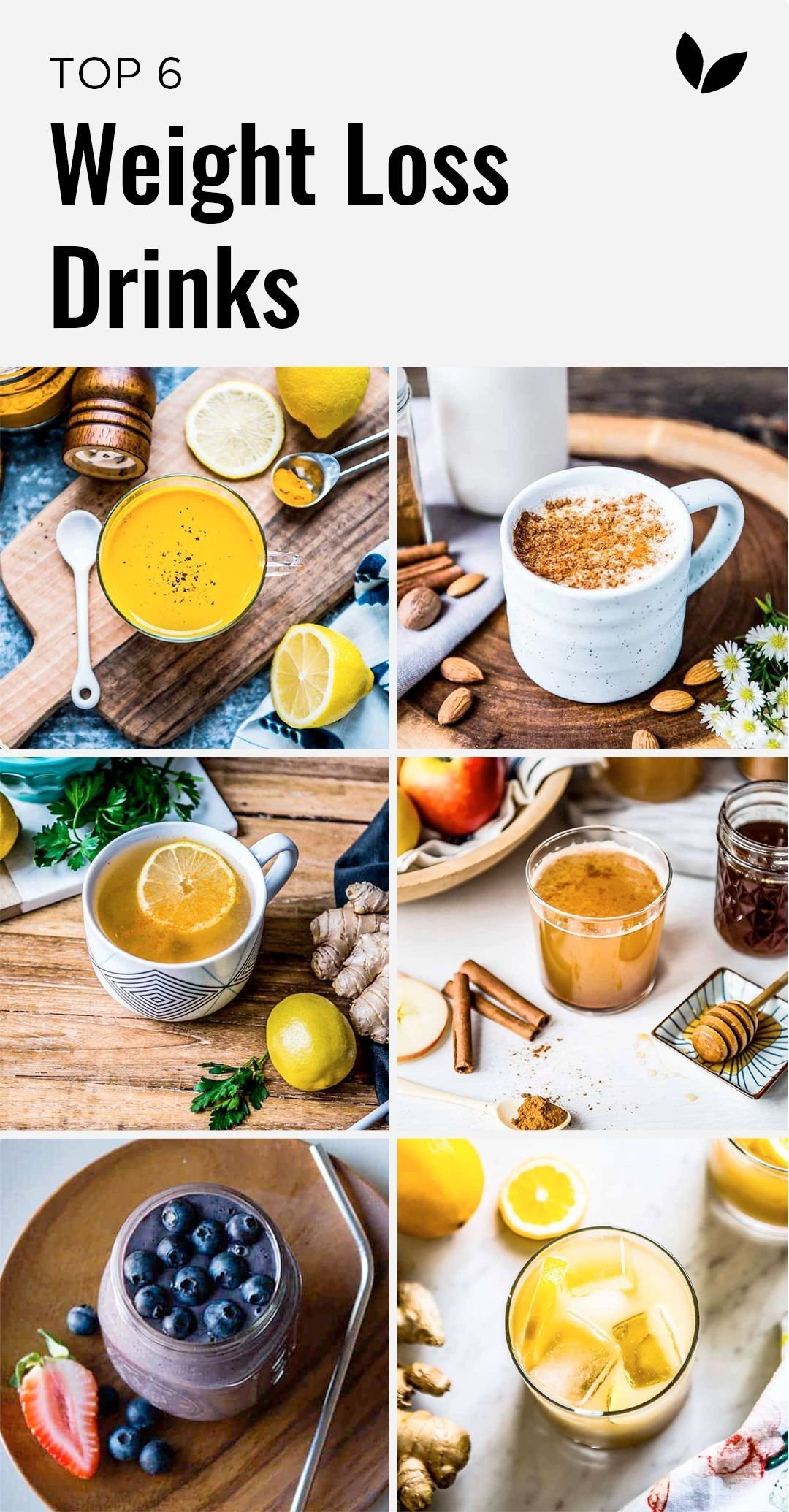The human body needs macronutrients more than any other kind of nutrition. Proteins, fats, and carbs make up the three classes of macronutrients. This article will address the following issues:
Just what is protein, exactly?
Why is protein so important?
Which protein is ideal for weight reduction and general health?
Including protein in your daily diet is important. Each and every one of your cells contains protein. Hormones and neurotransmitters can’t be synthesized without it. It’s important for muscle maintenance, development, and repair. Illness and disintegration of the body are the results of a protein-deficient diet.
Amino acids are formed during the digestion of protein. There are 20 amino acids altogether. Twelve of the twelve amino acids are synthesized by the body from glucose, fat, and other acids. The remaining 8 amino acid groups are called “essential” because the human body cannot produce them on its own. Protein deficiency, and by extension essential amino acid deficiency, may manifest as a variety of symptoms.
wasting away of muscle balding
reduced immunological function poor energy and bone weakness
Proteins may be divided into two classes. All 20 amino acid groups are present in complete proteins. About 85–99% of the protein in a full protein is absorbed by the body. Meat, chicken, fish, milk, cheese, and yogurt are all examples of complete proteins. Soy, hemp, tempeh, and seitah are just some of the vegetarian-friendly options. Many different amino acids are missing from incomplete proteins. These are proteins found in plants. You can get each of the twenty amino acids by combining different proteins. As a result, the body is unable to make full use of this protein source.
Should I be eating more or less protein?
The author of The Calories Myth: When to Eat Furthermore, Exercise Lower to Shrink Weight, & Live Better, Jonathan Bailor, recommends getting at least thirty milligrams of protein three times a day. Muscle repair is aided by the amino acid leucine, which is supplied when we consume 30 grams of protein or more. Reduced leucine levels have been linked to muscular atrophy. Depending on your weight and size, your daily protein intake should range from 100 to 200 grams. A smaller, less active individual requires less protein than a larger, more active one.
The Ideal Protein for Fat Loss and Optimal Health
Complete protein may be found in the following excellent sources:
Grass-fed, organic meat — Grass-fed beef has fewer contaminants and a richer taste than grain-fed or -finished steak.
Chickens raised on pasture provide an excellent source of protein and healthy fats. Any kind of free-range fowl or game meat qualifies.
Compared to conventionally farmed eggs, pastured eggs include more of the beneficial nutrients vitamin D, the antioxidant vitamin A, omega-3 fatty acids, vitamins E and beta carotene.
The healthy fats and protein in wild salmon make it a great choice for a meal.
Protein from aquatic organisms is among the most easily digested and accessible (usable) sources of protein. DHA and EPA, two omega-3 fatty acids, are abundant in these foods.
Reptiles and amphibians, for those who have a taste for such things, are a healthy option since they include protein and other nutrients.
Greek yogurt, but beware of sweetened varieties.
Iron, zinc, selenium, iodine, omega-3 fatty acids, and proteins may all be found in shellfish like clams, oysters, mussels, and snails.
Isolated whey protein has a high protein content and is useful for those who struggle to acquire enough protein from entire meals.
Protein-rich liver (from fed grass-fed or grazing animals) is also a good source of vitamins A, copper, choline, also and B.
In such case, get some protein and savor some whole foods. Read on for more information on proteins and sugars.
